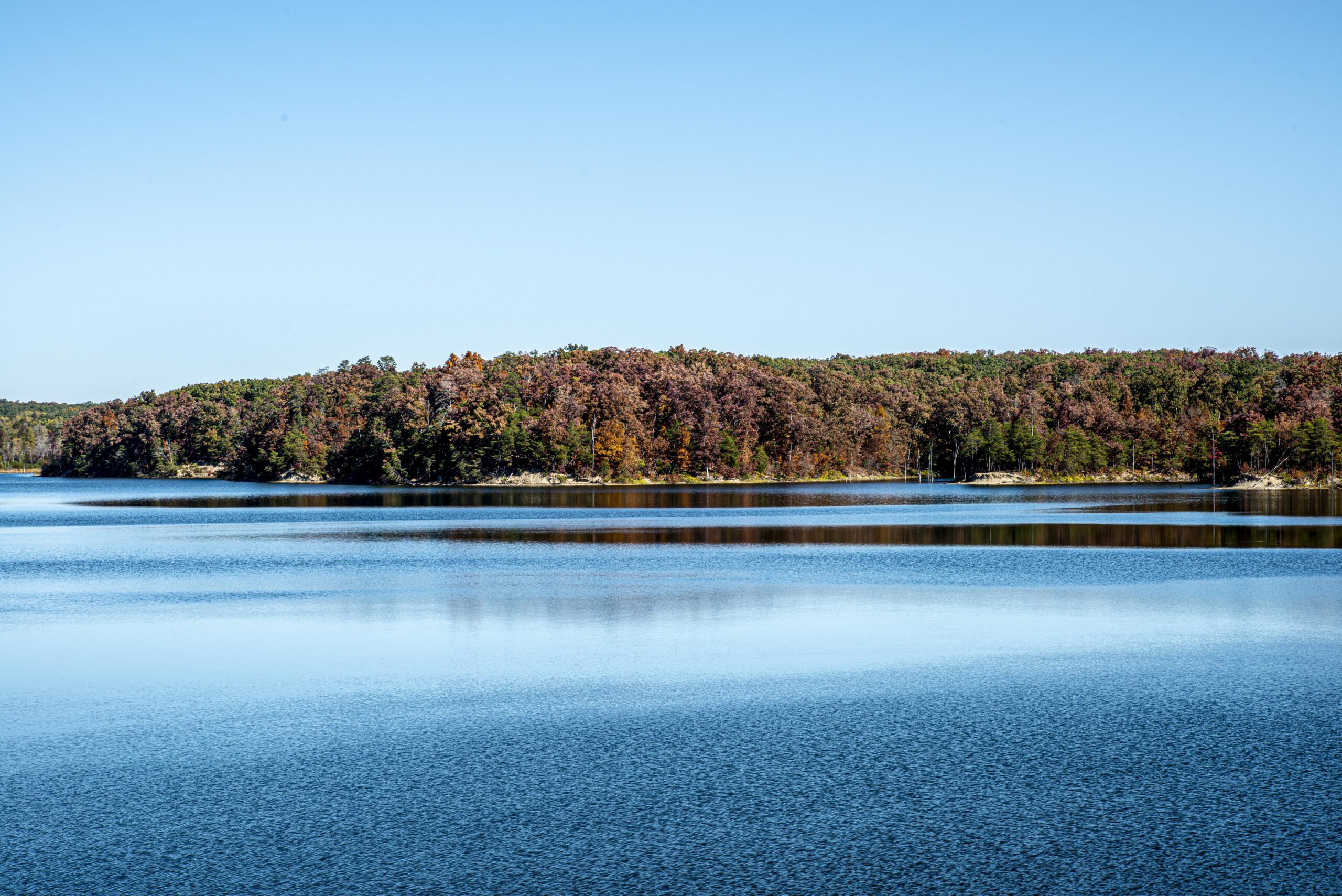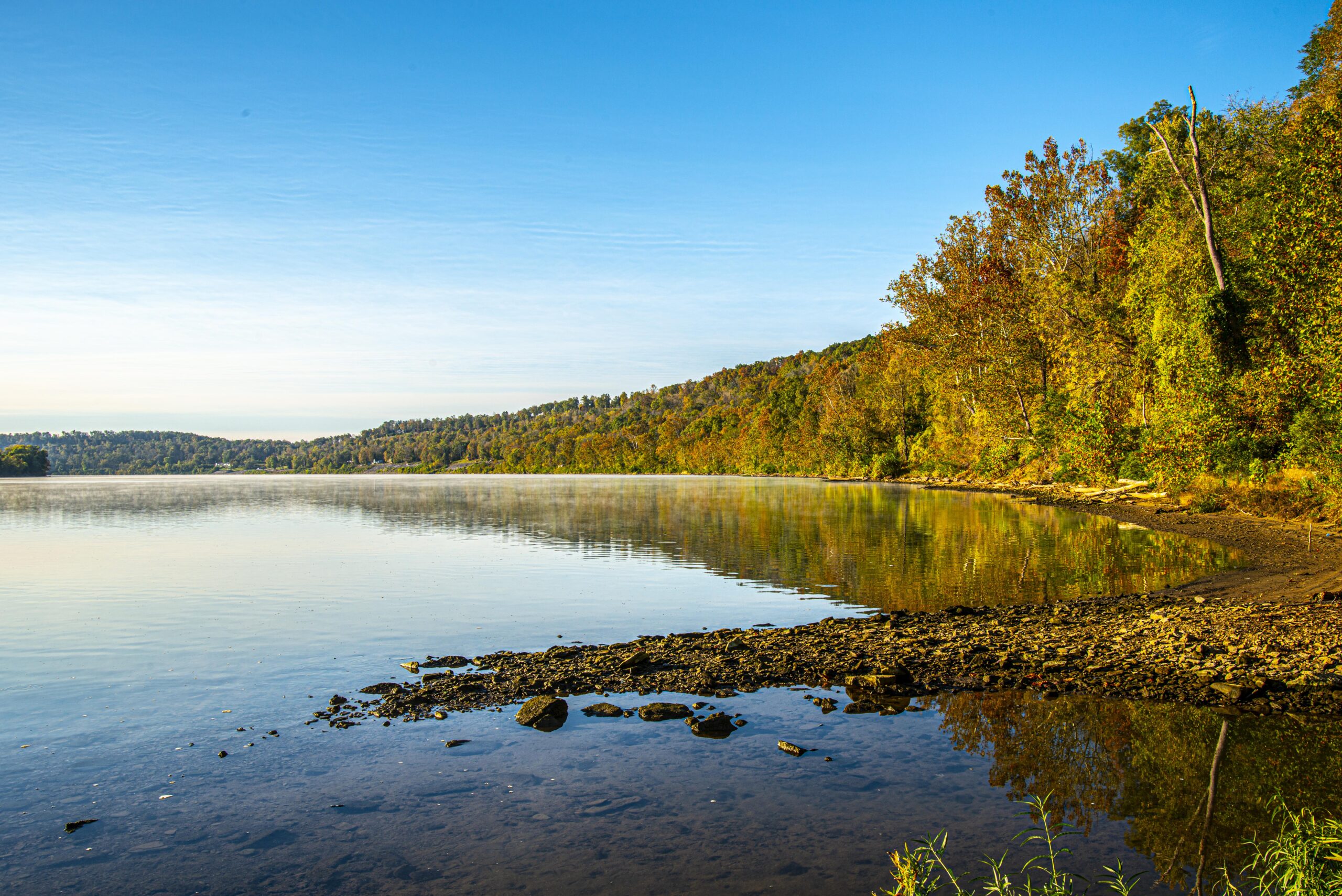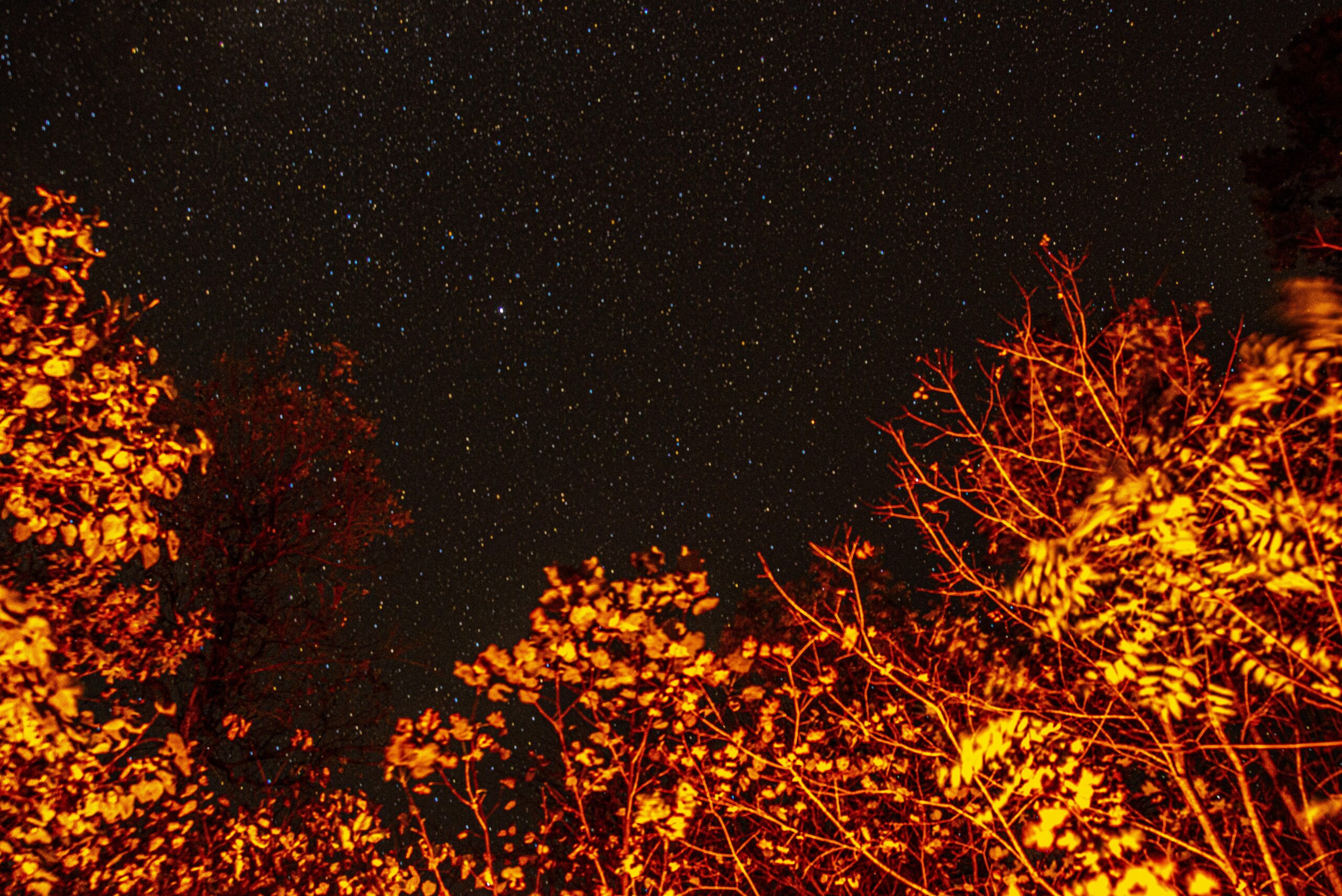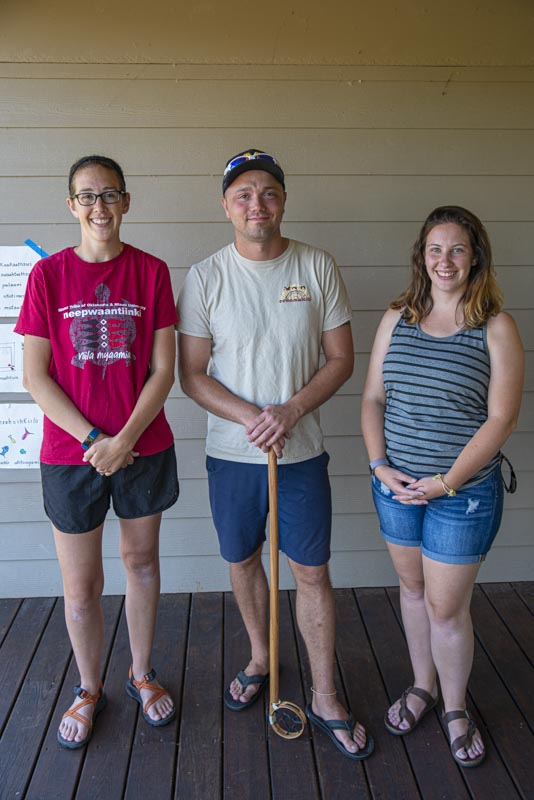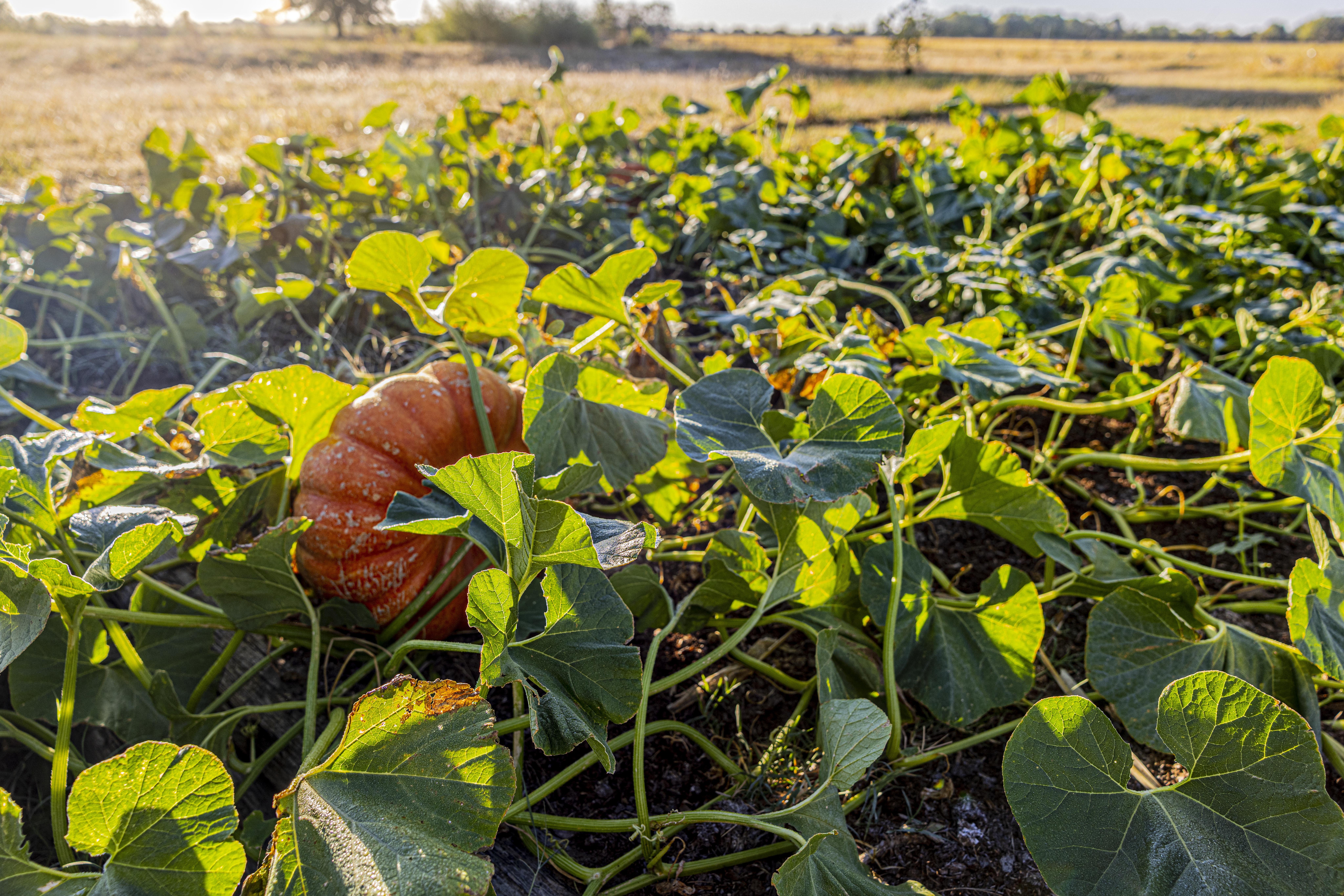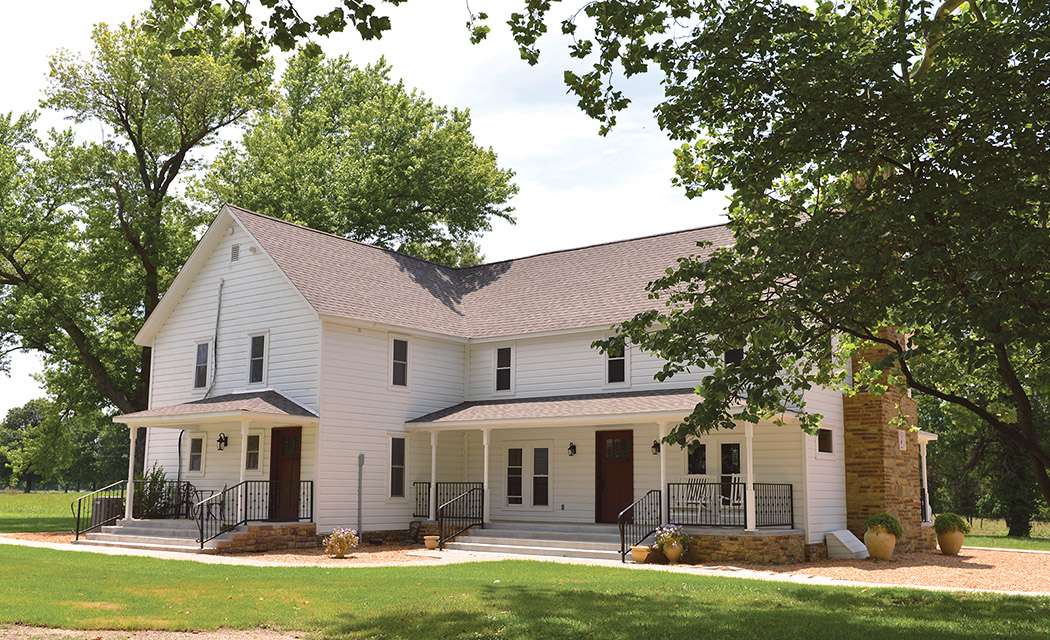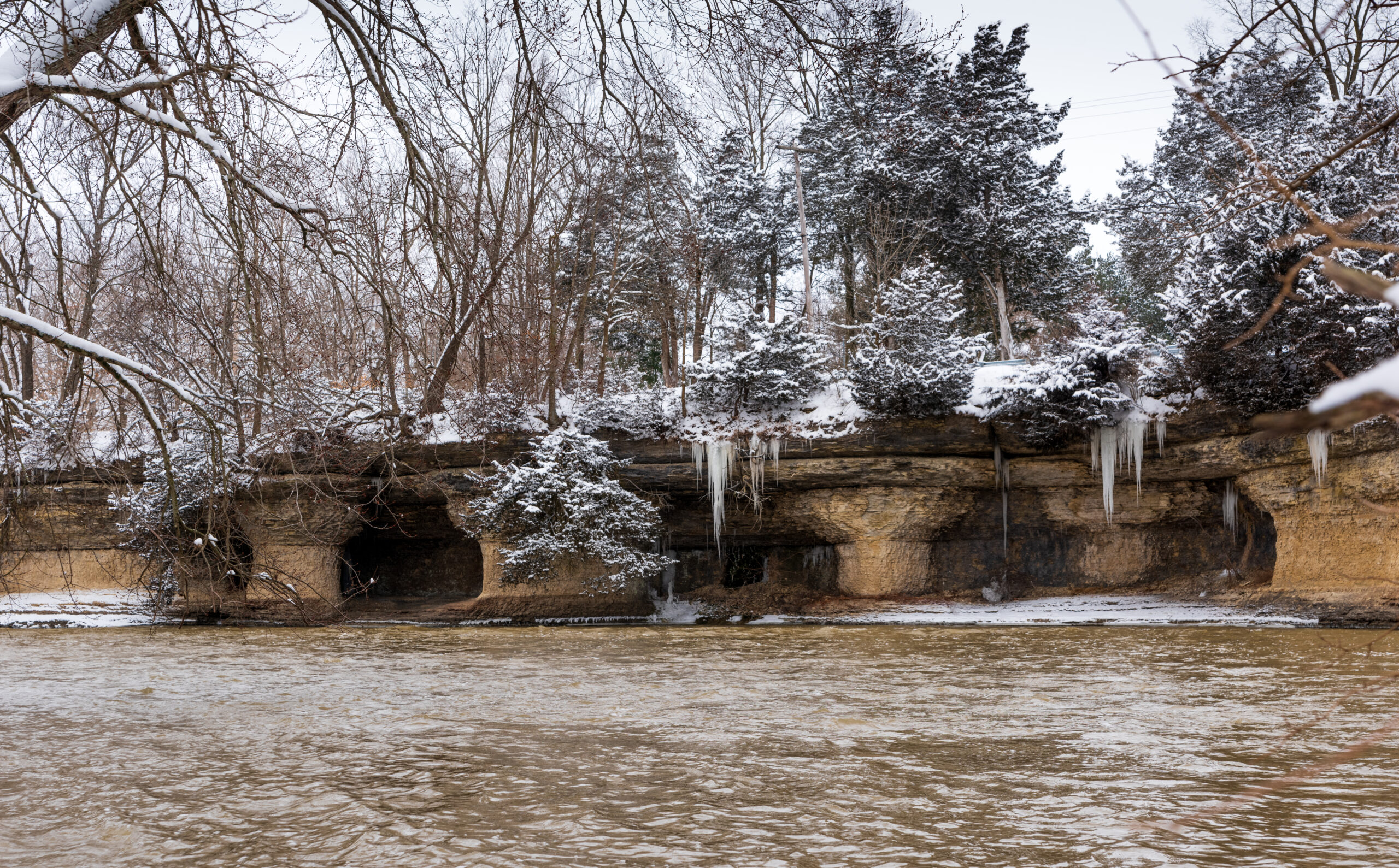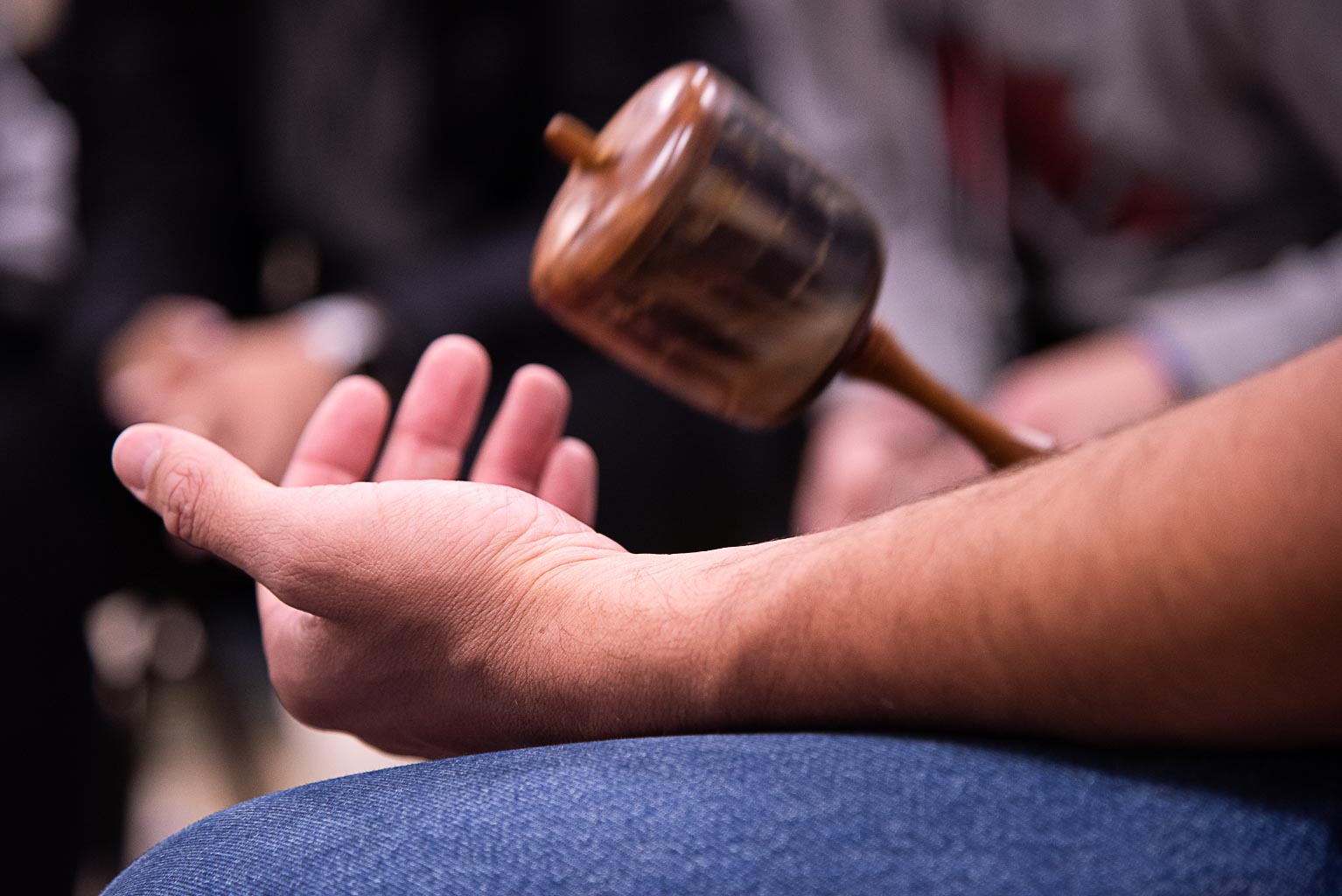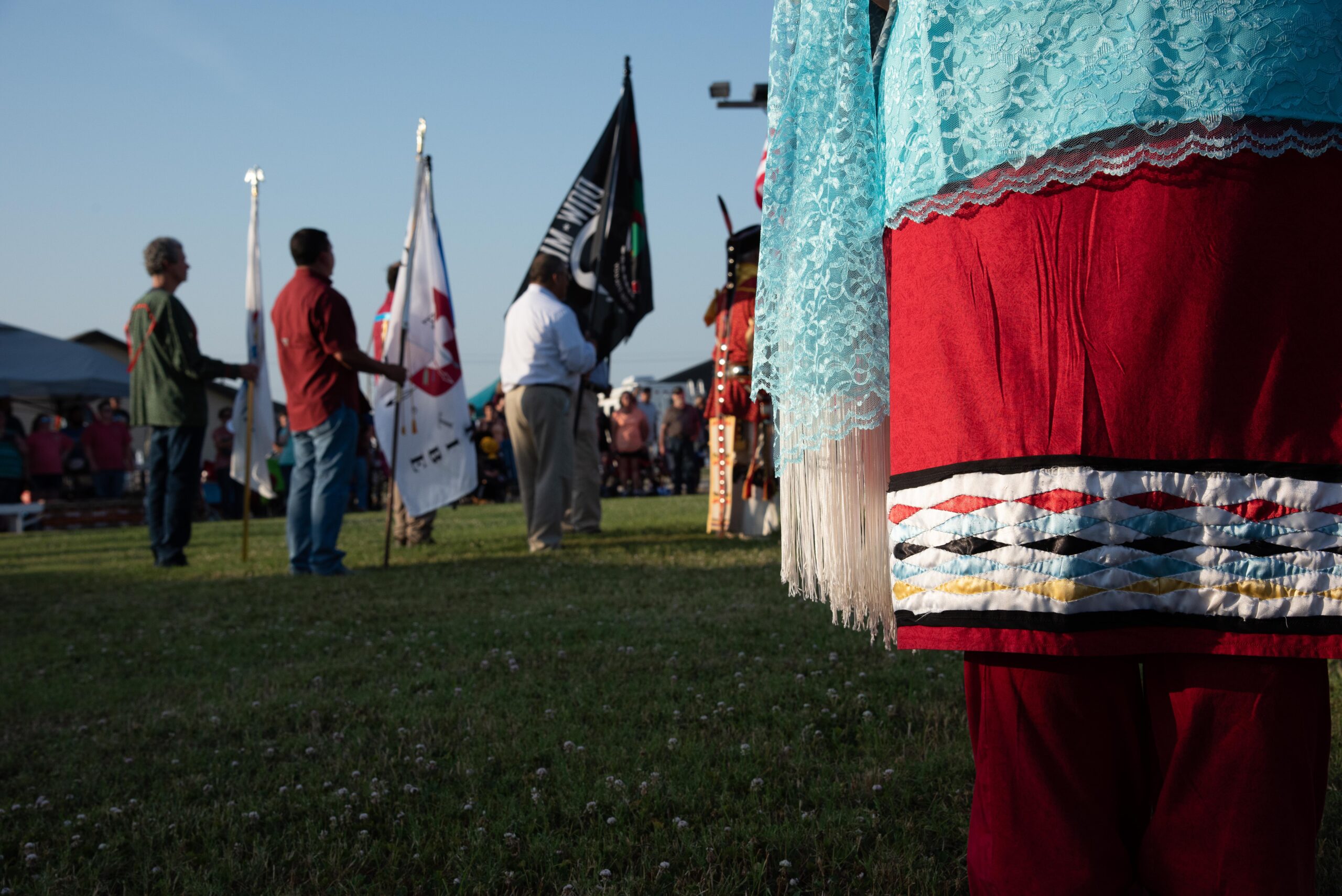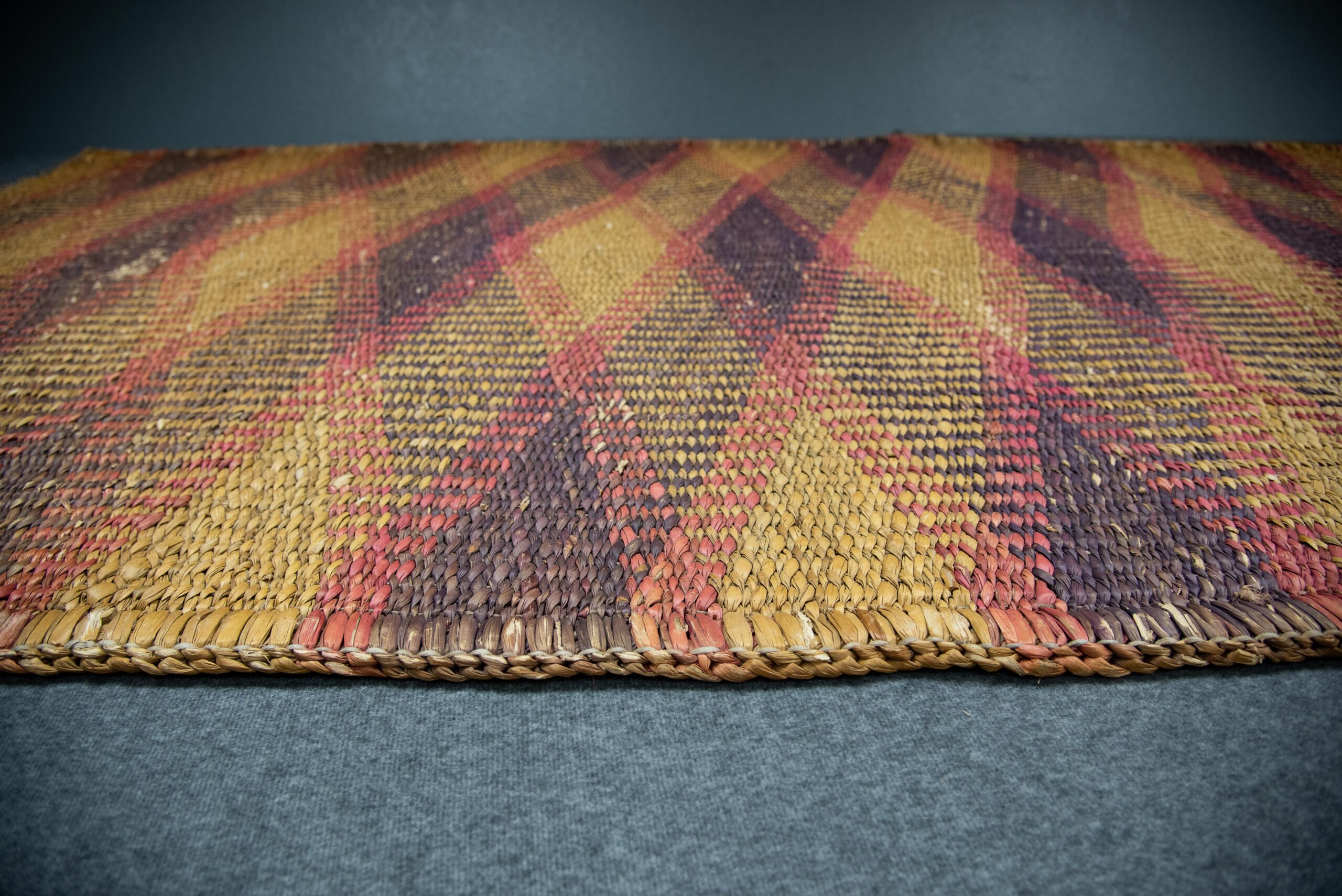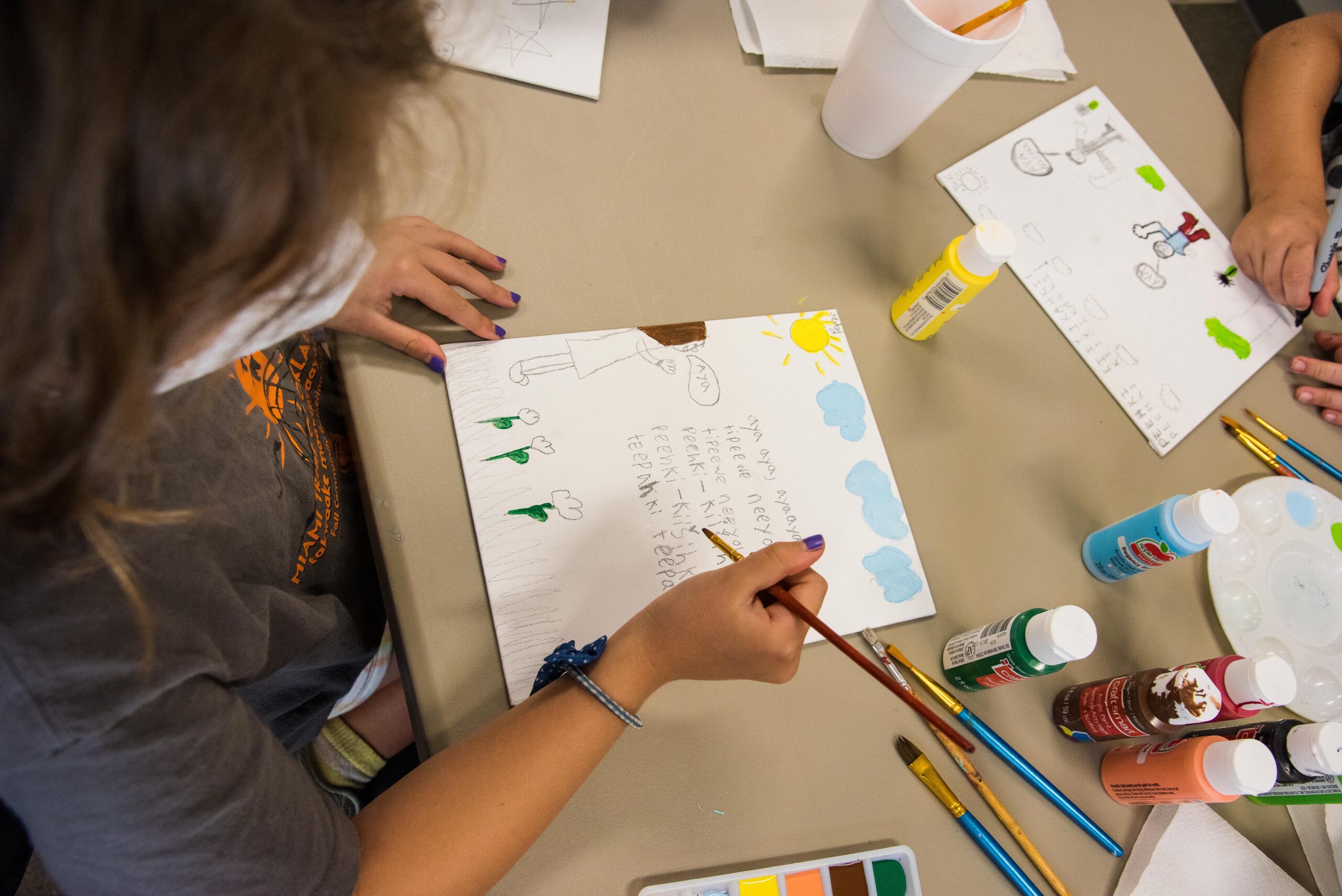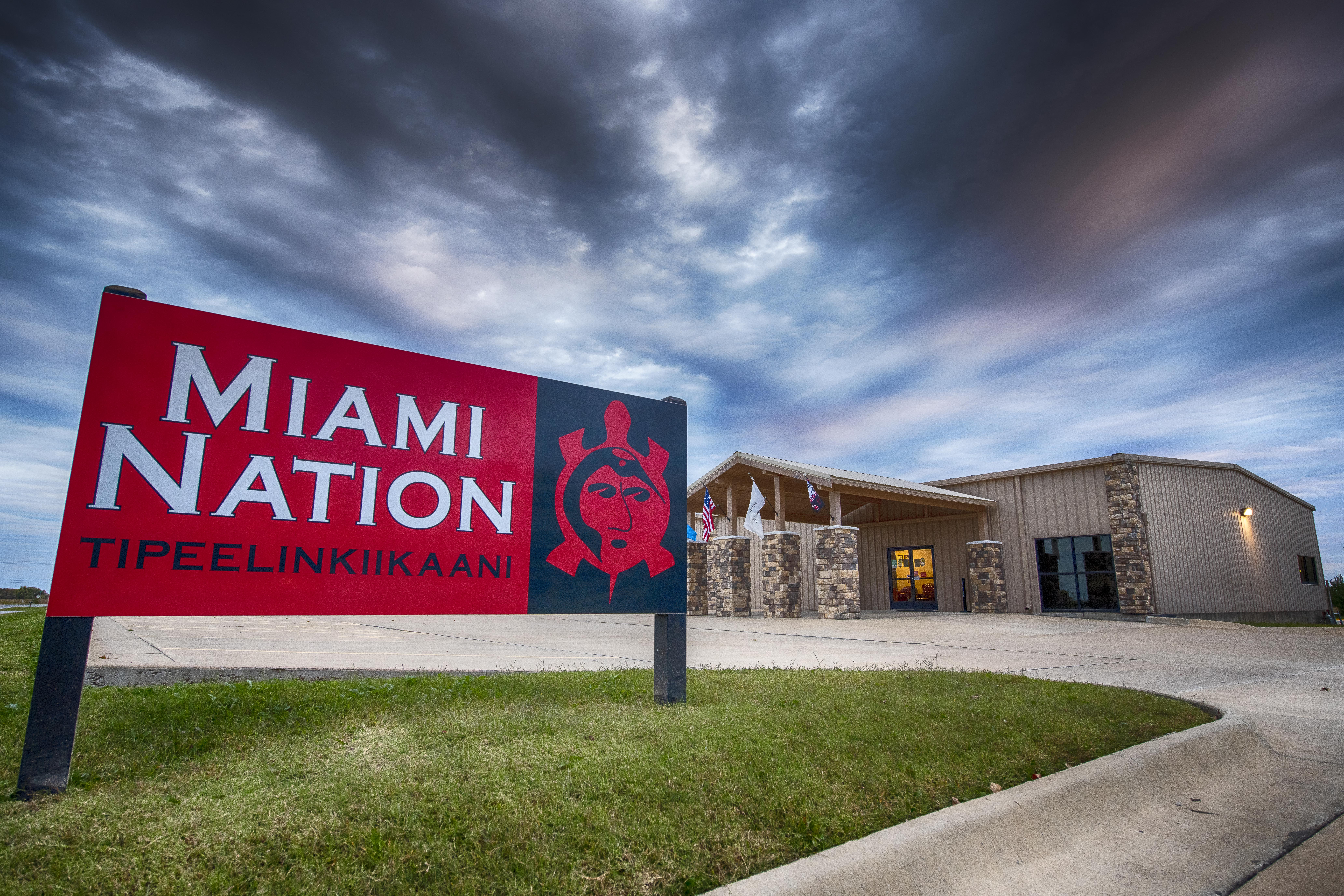In our language, we are myaamia - the downstream people. Today you will hear our name pronounced Miami, a derivation of our traditional name. The United States government recognizes us as a Sovereign Nation, the Miami Tribe of Oklahoma. We originate from the Great Lakes region where our homelands lie within the boundaries of the states of Indiana, Ohio, Illinois, lower Michigan, and lower Wisconsin.
We were among those Nations exposed to early European contact, first through the Jesuit mission in the late 1600s, followed soon after by the French and British invasion and struggle for control of the Great Lakes region. In those days we numbered into tens of thousands. The following years of struggle toward the establishment of the United States of America is a history that includes, by necessity, accounts of the efforts of our people to retain their homeland and connection to that landscape. Stories of our Chiefs and War Chiefs, their wisdom, victories, and defeats, are all recorded in history. We are known.
The treaty period was devastating, marked by the massive cession of lands required at the Greenville Treaty of 1795. It was the vicious tenacity of the early leaders of this country that lead to President Andrew Jackson signing the Indian Removal Act of 1830, an action that set in motion a chain of events that would alter our place and people forever. The Treaty of 1840 called for the removal of the Miami Tribe to regions beyond the Mississippi. After many attempts to avoid this devastating move, in October of 1846 our ancestors, numbering approximately 500 souls, were herded at gunpoint and forced onto canal boats to begin the long journey down the Erie Canal system from eastern Indiana to the Ohio River. The remaining journey called for the use of steamboats to take our people west, down the Ohio River to the Mississippi, up to the Missouri, and across to Westport Landing near Kansas City. From that landing, our ancestors made their way south by horseback and wagon to a reserve held for them in the land of the Kaw people, near modern-day La Cygne, Kansas. Our people remained in Kansas until the Treaty of 1867 called for their removal again, this time to the Indian Territory, known today as Oklahoma. Upon arrival in the Indian Territory, our Nation numbered fewer than 100 adults.
Following the Oklahoma Indian Welfare Act of 1936, our first Tribal Constitution was adopted in 1939 and officially recognized us as the Miami Tribe of Oklahoma. Since that constitution our Nation has been governed by an elected leadership consisting of a Chief, Second Chief, Secretary-Treasurer, and two Councilpersons; known collectively as the Tribal Business Committee. These leaders follow in the footsteps of those before them in the constant struggle to retain our sovereignty and demand our right to self-determination through our status as a self-governing Nation.
The Miami Tribe of Oklahoma has shown by action our absolute determination to perpetuate our cultural identity and to re-establish a land base for myaamia citizens. With the establishment of the Cultural Resources Office and its immediate ally, the Natural Resources Office, the Miami Tribe took responsibility for the status of our resources. The Cultural Resources Office, in full knowledge of the devastating effects of the many assimilation tactics forced on our people over the past 150 years, recognizes that our heritage language, and with it our cultural knowledge, must be restored to the people so that our identity as myaamia will live on. The Natural Resources Office is responsible to work with the Nation’s growing land base ensuring that Tribal lands are used in culturally appropriate ways. Among these are assisting in the return of myaamia people to the landscape for cultural education and traditional activities, as well as using specially targeted areas for growing organic crops to support the health of our people.
The Cultural Resources Office works under the following areas of need: reclamation, restoration, revitalization, preservation, and perpetuation. These areas of concern have been identified as reactions to the effects of history and assimilation. We actively reclaim what has been taken from us, our language, traditions, ancestral remains from museum shelves, and missing objects of our culture. We restore our connection to each other and to the landscape by holding many annual gatherings on tribal lands. We see the revitalization of our community in the return of language and traditions. We preserve what has been reclaimed and restored by looking to our elders to continue knowledge through oral tradition and ask them to call on us and our children to be students of our heritage so that who we are, and all that we know is perpetuated. We fully realize the importance of our work because our citizens are scattered across this country. To ensure tomorrow finds us healthy and secure, we must today find ways to bind what is a scattered community. We do this through providing places for myaamia people to gather to connect as family and to live our ways. We also accomplish this through modern forms of connectivity including our quarterly newspaper, websites, and email.
Our Nation's leaders recognize that the work of reclamation includes reclaiming our own people. Our Chief and Cultural Leaders recognize that the education of our citizens must be a tribal responsibility to ensure that our history, culture, and traditions are accurately conveyed to them. Our work in cultural revitalization is thwarted when our people, especially our children, receive all of their educational training in the public school system without the input of educators among their people. This perception lead the Miami Business Committee in 1996 to establish annual educational gatherings for language and cultural learning hosted by elders and cultural leaders.
Building a National land base that includes land holdings in five states, providing scholarships, employment for Tribal citizens, language and cultural education efforts, as well as maintaining the massive buildings and infrastructure to maintain it all, was made possible through the economic development efforts of the Nation directed by Tribal leadership. Myaamia leaders determined early on that gaming revenue must be used to establish other, more secure, forms of economic development. Since the advent of Indian Gaming in Oklahoma, the Miami Tribe has established two political-economic sub-divisions, the Miami Tribe of Oklahoma Business Development Authority (MTOBDA) and Miami Nation Enterprises (MNE) under which a number of Tribal businesses are managed. Both of these entities have SBA 8a status.
Today our Nation numbers over 7,000 citizens. Our continued existence is due to, and in honor of, those who walked before us, who fought and worked and struggled to remain. Their efforts brought us here. Therefore we, in respectful and steely determination, work to build for our community, provide for and teach our children, and care for our elders. Our economic development efforts are vital to the solid foundation needed to allow us to rise to these responsibilities today and to continue to support them tomorrow. We work to assure that while the sun continues to rise it will shine on the people known as myaamiaki.
The sovereign Miami Tribe of Oklahoma is based in Miami, Oklahoma in the northeastern corner of the state. The population of the Nation is approximately 7,008 people, and citizens can be found living in all 50 states as well as outside the boundaries of the United States. The Tribe's population is concentrated in northeastern Oklahoma, eastern Kansas, and northern Indiana. This reflects the historical experiences of a tribe that suffered a series of forced removals from our historic homelands - in what became the states of Indiana, Illinois, Ohio, Wisconsin, and Michigan - to lands lying west of the Mississippi in what would become the state of Kansas, and then from Kansas to Indian Territory, which later became the state of Oklahoma.
In the Miami language, the Miami Tribe's name for itself is Myaamia, which means "the Downstream People." The story of the Myaamia begins at a place we call Saakiiweeyonki, near where the St. Joseph's River empties into Lake Michigan. At some point in our distant past, our ancestors first emerged onto our homelands at Saakiiweeyonki.
From the village at Saakiiweeyonki, they descended into the Waapaahšiki Siipiiwi (Wabash River) valley building communities at major confluences and portages from Kiihkayonki (Ft. Wayne, Indiana) downstream to Aciipihkahkionki (Vincennes, Indiana). Together these villages maintained a common language, hunting, and farming cultural practices. They often came together to collectively defend themselves and negotiate peace with neighboring tribes and Europeans.
Over generations, the Myaamia extended their cultural roots deep into the soil of the Wabash River Valley. The people drew their sustenance from the wetlands, prairies, woodlands, river bottomlands, and the plants and animals that lived in these places. During the long summers, villages grew miincipi (corn) and other vegetables. They dried, processed, and stored these agricultural products to last throughout the year. The men of the villages helped in minor ways with the farming, but most of their time was spent hunting moohswa (White-Tailed Deer), lenaswa (Bison), mihšiiwia (Eastern Elk), and the wide variety of smaller animals and birds that populated the Waapaahšiki Siipiiwi and the hunting grounds to the east and west. During the winter, larger villages broke into smaller hunting bands and moved into winter camps located on or near the hunting grounds. In the early spring, the women and children moved to the sugar maple groves to collect sap and process the liquid into maple sugar that they ate, stored, and traded. Following the return of warmer weather, the Myaamia began their agricultural cycle again with the clearing and planting of their fields.
These vital cycles of planting, harvesting, hunting, gathering and processing governed the lives of the Myaamia for generations. The rhythms of these cycles reflect an ecologically-based existence in an ancestral homeland we call Myaamionki (Place of the Miamis). For the Myaamia, our land and the ability to care for our basic needs is the foundation of communal life, and is the basis of our physical and mental health as a people. Myaamionki has always been vital in sustaining our community. Our lands continue to serve as the place by which our language and cultural practices sustain the general well-being of our people. Our language and culture are essential in preserving our unique worldview and indigenous knowledge system for future generations. Our identity as a people is intrinsically tied to the places we call home historically and today.
Our lives in our homelands shifted dramatically in the generations following first contact with Europeans and the birth of the United States of America. In 1846, half of the six hundred or so Myaamia - who had survived the years of war, disease, and settlement perpetrated by the newcomers - were forcibly removed from our homelands and settled west of the Mississippi on lands in Indian Territory (current day Kansas). These lands were not the wooded river valleys of the northern Waapaahšiki Siipiiwi, but over time the tall grass prairies west of the Mihsisiipiwi (Mississippi River) became home. Along the watershed of the Marais des Cygnes River, the Myaamiaki rebuilt their homes, planted their corn, and hunted deer and bison as they always had. As Myaamia people worked to transform this new place into Myaamionki (the Place of the Miami), new groups of settlers began pressuring the Myaamiaki to give up our lands and move yet again.
From the end of the 1860s into the 1870s, many Myaamiaki were forced to leave their homes in Kansas and move to new lands to the south in Indian Territory (current-day Oklahoma). In northeastern Oklahoma, Myaamiaki were graciously allowed to find a new home on lands that the Osage and Quapaw people had called their own for generations. In addition to living with the Quapaw and Osage, the Myaamia found themselves living next to other tribes who were originally from the Great Lakes region: the Wyandot, Peoria, Ottawa, Seneca-Cayuga, and Shawnee.
Northeastern Oklahoma is the seat of government for the sovereign nation of the Miami Tribe of Oklahoma. However, all of the lands where the Miami have lived over time are still referred to as "Myaamionki" (the Place of the Myaamia). The Nation maintains a 1,400-acre land base and many tribal businesses in and around Miami, OK. Through its land base and businesses, the Miami Tribe seeks the resources necessary to care for its elderly and young people and to maintain the integrity, both cultural and political, of the Nation.
Today, our Nation is a strong and vibrant community. We share a common history, but we are not a people trapped in the past. Instead, we work diligently to make choices and changes built solidly on the foundation passed to us by our predecessors. If you have the opportunity to visit us in Miami, Oklahoma know that you will be greeted as an honored guest with open and generous arms. "piintikiilo neehi wiitapimiloome" (come in and sit with us!)
The Miami Tribe of Oklahoma is a Federally Recognized Sovereign Nation as defined by the Department of Interior. The General Council is the governing body of the Nation and that Council, under authority of the Miami Constitution, elects five Tribal members to serve as the Tribe’s Business Committee, conducting the day-to-day affairs of the Nation on behalf of our citizens.
Mission
The mission of the Miami Nation is to continue to exercise our sovereignty, to preserve and promote our cultural identity, and our social and governmental integrity, in order to strengthen our self-determination and economic independence.
Vision
As a self-dependent Nation with the ability to govern our citizens, perpetuate traditions and culture, maintain and protect homelands, and raise our children with beliefs and values drawn from our traditional foundation, we look forward to a future of continued Tribal sovereignty and independence.
